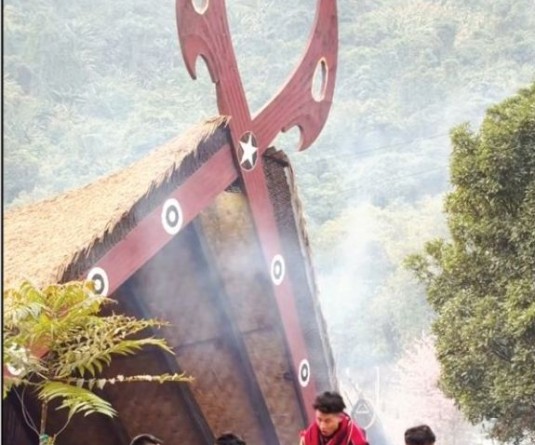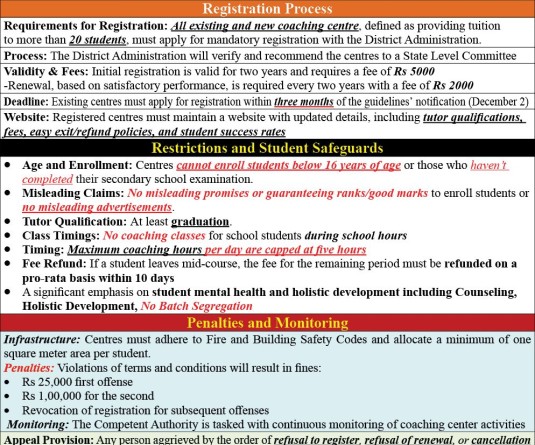
Kuzhovesa Soho
Kohima | October 20
The first phase of public consultations for the districts of Phek, Dimapur, Peren and Kohima on the drafted Nagaland Biodiversity Rules (NBR) 2010 was held today here at Deputy Commissioner (DC) Conference Hall, Kohima. Provided for in the National Biological Diversity Act (NBDA) 2002 enacted by the Government of India, the state is in the process of framing its biodiversity rules. The meeting was attended by Government officials, NGOs, tribal bodies, student organizations and concern citizens representing Phek, Dimapur, Peren and Kohima districts.
According to the Act, the entire states of India are to frame their own rules in consultation with the stakeholders on the NBDA 2010. For Nagaland state an expert committee has been constituted: Elusing Meru as Convener, Vengota Nakro as member secretary, Sanjay Upadyhay, Amba Jamir and Akito Zhimomi as members. Following the completion of its drafted rules the committee has sought public consultations to obtain inputs for final approval. Out of 28 rules drafted with 178 sub-rules were put up for healthy deliberations from today onwards with the administrative heads of the district, tribal hohos and NGOs.
The house debated at length the drafted Rules 25 (1). The rules state that every district shall constitute a District Biodiversity Management Committee (DBMC) to be headed by DC as chairperson. It was also suggested that the chairperson of the committee should be a representative from the tribal hohos and DC as member-secretary. The explanation given was that the assignment of the committee would address more or less the village level customary laws and traditions and a person well-verse in the areas should be accommodated.
However it was explained that ‘to carry out the assignment under fruitful commissioning the tribal expert people being the guardian of the customary laws should be accommodated but the chairperson is one who has the final say in cases involving local disputes.
On the structure of Nagaland State Biodiversity Board (NSBB), ADC Tsemenyu suggested to include ‘Goan Buras’ (GBs) under Rule 2 (8) (The rule states that ‘local bodies” includes village council and Village Development Board (VDB) as one of its parts as defined in Nagaland Village Council Act 1978 vide Nagaland Act No. 1 of 1979).
Right after the first meet the expert committee were to head to Mon where on 21 October the second phase shall commence in the DC conference hall from 2 PM; the third and fourth phase shall be held in Tuensang for the district of Kiphire, Longleng and Tuensang on October 24 from 10 AM and at Mokokchung for the district of Wokha, Zunheboto and Mokokchung on October 26 from 10AM.
The discussed biodiversity rules
From among the many drafted rules, a few more rules and sub-rules were studied: for instance, Rule 3 (that NSBB shall be an autonomous body to look after its administrative and financial matters aided by central and state government and carrying out its technical and scientific functions under the Act and in conformity with the Naga customs and traditions) and in the second, (that the chairperson of the board to be appointed by the state government accorded equivalent rank to that of minister of state in the state government).
The general functions of the board under rule 16 (1 & 2), the board shall be liable to lay down the procedure and guidelines to govern the activities provided under section 23 of the Act. The board would advise the state government on any matter concerning conservation of biodiversity, sustainable use of its components and fair equitable sharing of benefits arising out of the use biological resources and knowledge.
Under Rule 23 on establishment and management of biodiversity heritage site, it is recommended that this section requires a separate exercise and the state should either extend the existing Terms of Reference (TOR) of the expert committee or constitute a separate committee accordingly. This is because under the biodiversity act (section 37) the state government in consultation with the central government is required to frame separate rules for management and conservation of biodiversity heritage site.
On the functions of the biodiversity management committee provided under rule 26 (8) the biodiversity management committee (BMC) shall work in coordination with the joint forest management committee(s) and forest protection committee(s) if constituted under the schedule tribes and other traditional forest dwellers (Recognition of forest rights) Act 2006 and rules made there under and community based initiatives in matters related to biological diversity especially in reserved forests, protected areas, critical wildlife habitat, critical tiger habitat, buffer areas, core and sensitive areas and other biodiversity rich areas.
Rule 26 (11) the committee shall perform as such “notwithstanding anything contained in any other law for the time being in force if the BMC at the appropriate level has reasonable grounds to believe that an offence or contravention under the Act or rules has been committed, shall take necessary steps to prevent commission of such offence. Such actions are liable to include but are not limited to inspect any person on the basis of, stop any vehicle or vessel carrying suspicion carrying biological resources illegally, stop and detain person carrying out activities that require license under the rules, seize any threatened species or derivative and report to the forest officer and monitor violation of eco-tourism and eco-development code and report to the board.
On settlement of disputes which lies under Rule 28 (1) the committee shall settled the arising disputes within the village limit or between two villages shall be done in accordance with customary law and usages and accepted canons and justice established in Nagaland and the law in this respect as enforced in Nagaland.





